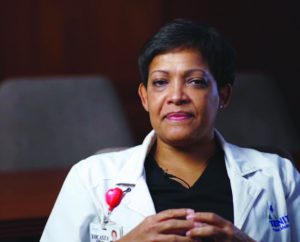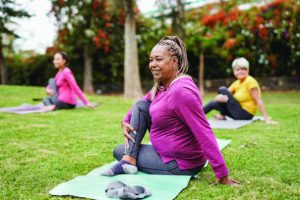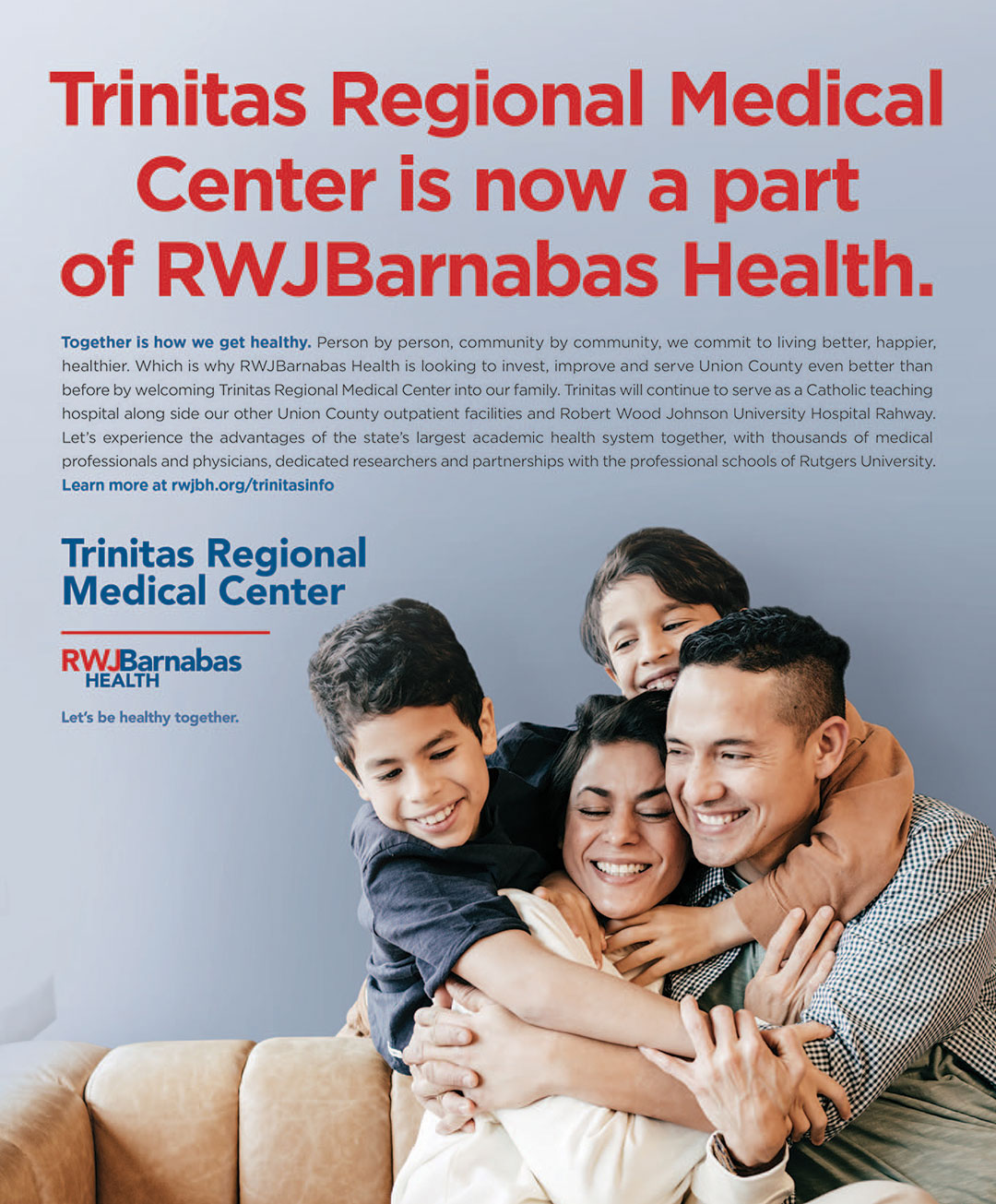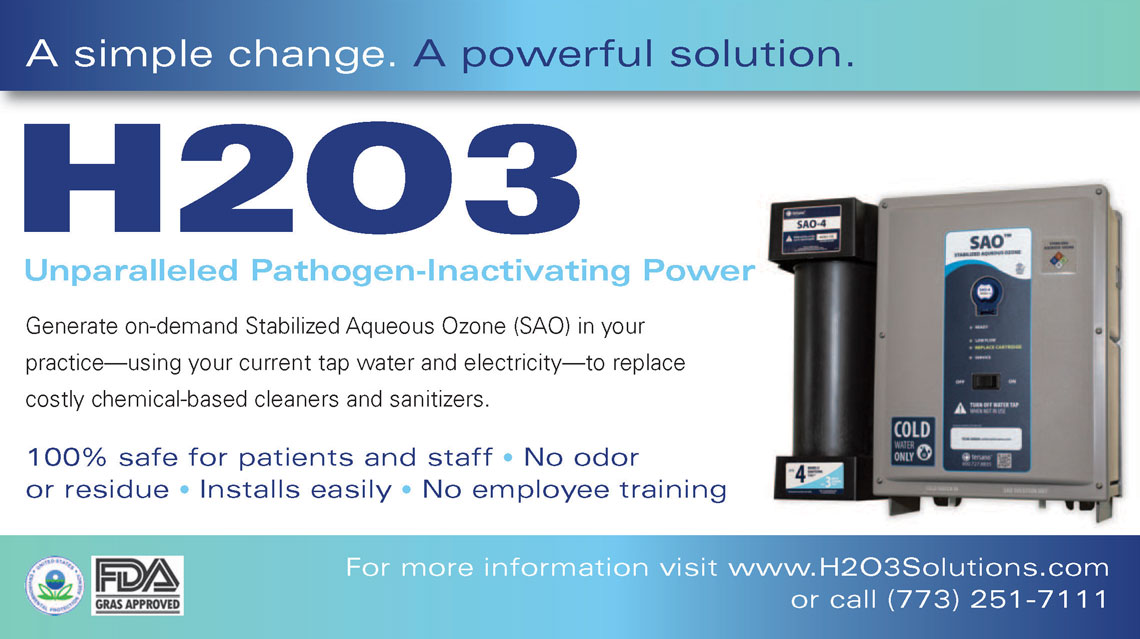In the world of stroke prevention, the odds are in your favor.
If you found a way to increase your retirement nest egg by 80% with a few tweaks to your investment strategy, you’d drop everything and get on the phone to your broker, wouldn’t you? Or, if you knew that you had an 80% chance of avoiding a serious car accident by altering some of your driving habits, you’d make those changes, too, right? There are no guarantees in life, of course, but when it comes to your health, there are some powerful ways to swing the percentages in your favor.
The problem is that, until you experience these numbers personally—until it’s your life on the line and the changes are ones you have to make—odds and percentages are just numbers. Which means they are easy for busy people to ignore. For me, that changed the day, during a routine physical, that I learned high blood pressure was putting me at real risk for a stroke.
Yocasta Corona (above), a co-worker at Trinitas, is the Stroke Program Coordinator. She deals with life-and-death numbers all day and every one of them tells her something different. Is her favorite number 80? I’m beginning to believe that it is.
“Eighty percent of strokes,” she says, “can be prevented by actions that are 100% within our control. Those are amazingly good odds.”

Stroke awareness—specifically contributing factors such as being overweight, suffering from high blood pressure or having a family history of stroke—have come into sharp focus in recent years. Trinitas has played a critical role in the community education effort on how to recognize the signs of stroke and, perhaps more importantly, how to prevent them in the first place.
“Risk factors like age, sex and ethnicity are uncontrollable risk factors,” Corona points out. “And yet, as much as 80% of strokes can be prevented through lifestyle changes, including improved diet, increased exercise, smoking cessation, and less alcohol consumption.”
One in four people will suffer a stroke event in their lifetime, she adds, citing data from the American Stroke Association.
Blood pressure is the single most controllable contributor to strokes and is the fifth-leading cause of death in the U.S. each year. Managing blood pressure through diet, exercise, and, if necessary, medication can be especially critical for people who may not even realize they are at risk, like me!
After my high blood pressure reading, I decided to focus on supplementing for the vitamin B12 and D deficiencies that my bloodwork revealed. But it wasn’t long before my body sent me a less subtle warning sign: I was in my office and it was almost time to go home when I suddenly felt panicky for no apparent reason. Anxiety runs in my family, so I could have chosen to pass it off as a panic attack. But then, high blood pressure is also a trait many of my elders share. I wasn’t thinking about any of this. Instead, I began having a telepathic conversation with my husband, who was suddenly speaking rather loudly in my head, telling me to stop in to see the doctor before going home.
“I don’t feel well,” I reported to the RN in the employee health office. When she took my blood pressure, her eyes got wide: “Umm…it’s 200 over 95.”
Seconds later, she was marching me down the hall to see a doctor, who prescribed medication. Soon after that I saw a cardiologist and had a series of tests that cleared me of any immediate danger—so long as I take my medication, eat better and exercise.
I still wonder what might have happened had I assumed it was just a panic attack. What if I’d been driving and had a stroke?
Think Fast, Act F.A.S.T.
I think it is worth mentioning that the initial reason I had my BP checked was that another Trinitas staff member had suffered a stroke and I couldn’t stop thinking about her story of survival. Lemons, she insisted, may have made the difference between life and death.
She was washing lemons in her kitchen one afternoon and noticed she was having difficulty grasping them. Her son could tell something was wrong and when she tried to tell him she was fine—that he was overreacting—she was making only incoherent sounds. He wasted no time calling 9-1-1. By the time the paramedics arrived, her face had drooped on the right side, the same side as the hand that couldn’t grip the lemons. Their F.A.S.T. diagnosis confirmed it: She was having a stroke. She made it to the hospital in time, avoiding any serious long-term complications.
F.A.S.T. stands for Face, Arm, Speech, Time. When someone’s face droops, their arm weakens, and they start slurring their speech, it’s time to call 9-1-1.

www.istockphoto.com
“Getting F.A.S.T. care can make the difference between recovery and disability,” Corona says. “Time is especially critical.”
Earlier this year, yet another staff member at Trinitas—in her early 50s with newly diagnosed hypertension —arrived at work with a bad headache. A co-worker noticed she was having difficulty speaking and knew right away something was off. She called for the Rapid Response Team to activate a Code Stroke. Quick care enabled the team to treat her effectively and aggressively, which led to a full recovery.
“She hadn’t had a chance to fill the prescription for blood pressure medication,” says Corona, noting that otherwise the stroke could have been averted. “In addition to her blood pressure, she was also a smoker with a family history of stroke. While that genetic component can’t be controlled, kicking the smoking habit, starting on medication, and taking steps like meditating to de-stress could have all dramatically decreased the odds that she’d be a stroke victim.”
Since my own hypertension diagnosis, I have worked to swing the odds in my favor by making important lifestyle changes. Although I never smoked and am not overweight, I recognize that I’m still at risk. I know my body, but I haven’t always listened carefully enough to what it was trying to tell me. Now I’m doubly conscientious about exercising and paying attention to the signals. I’m also doubly medicated, thanks to the 24-hour monitoring of my blood pressure that indicated numbers that were still too high, even with medication.
Do I consider myself a success story? Absolutely.
And I hope you start taking steps today to become one, too. EDGE
Editor’s Note: Trinitas is recognized as a Primary Stroke Center by the American Heart Association/ American Stroke Association.











